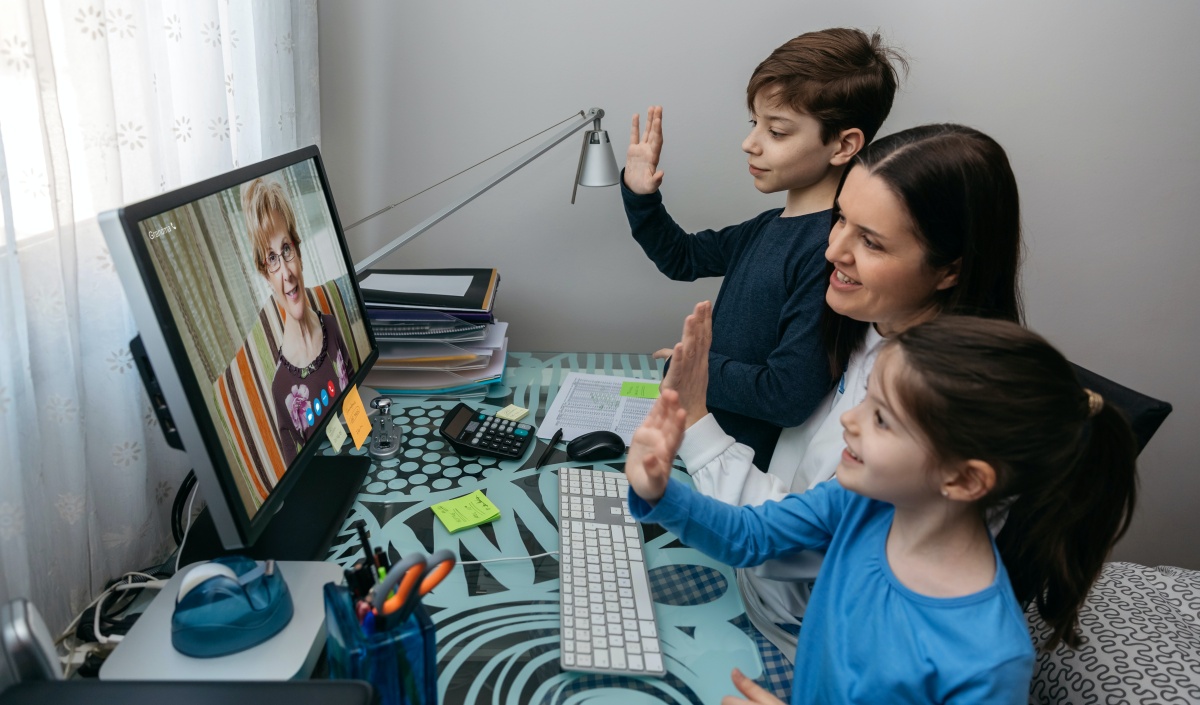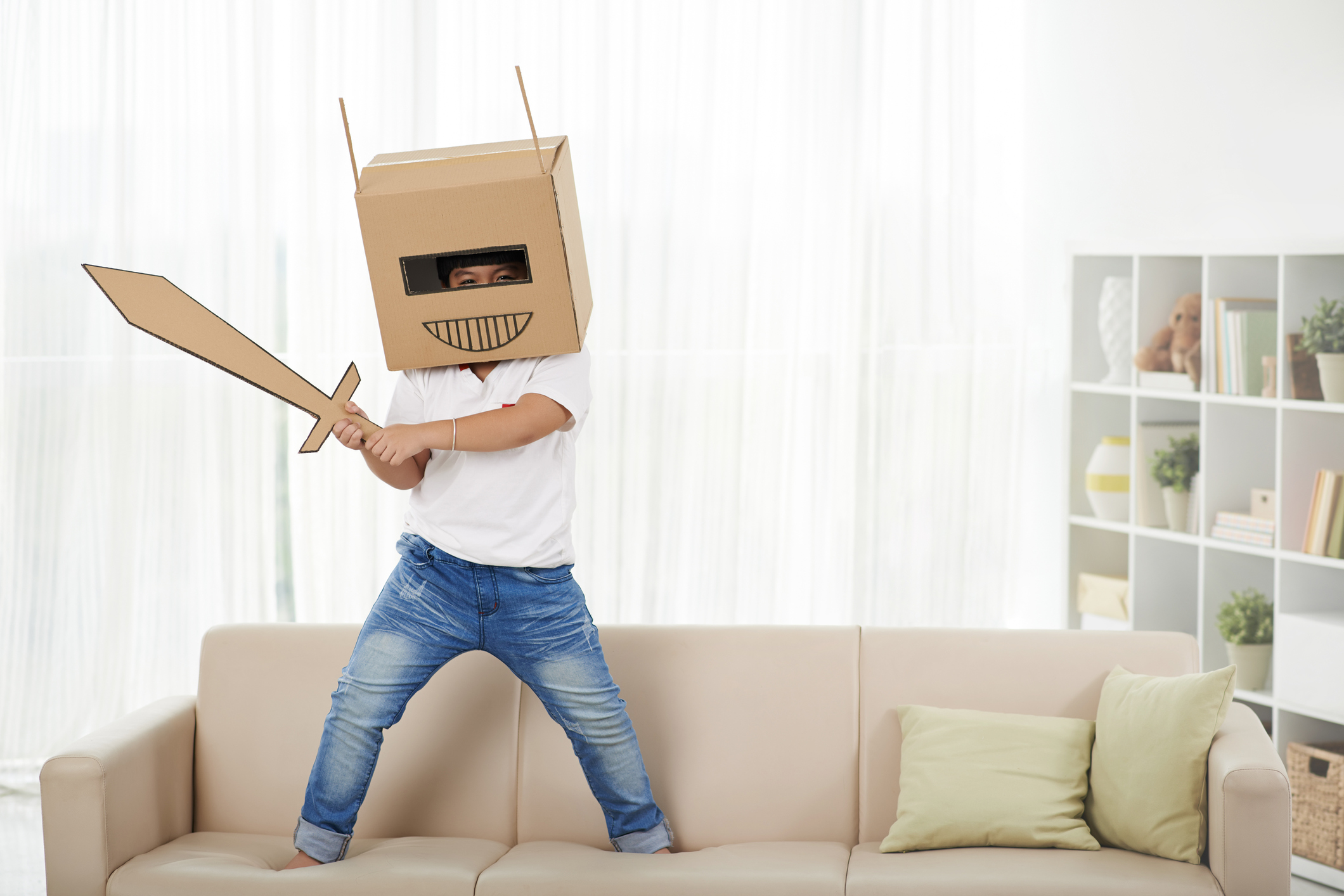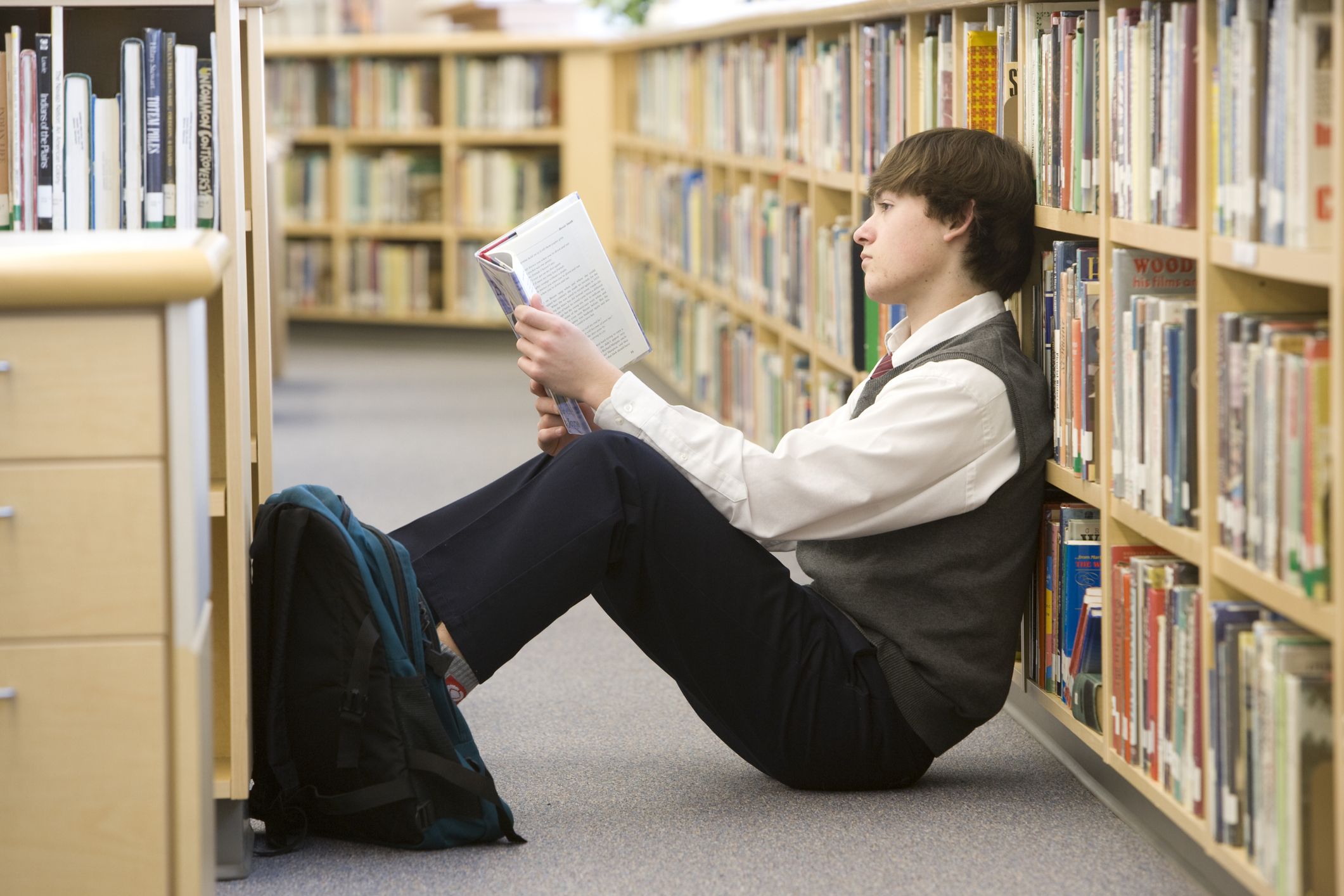
A few days ago, I asked my two boys what they were most afraid of. My youngest, without skipping a beat, told me water buffalos and cobras. My oldest, still only seven, told me, imaginary monsters at night, robbers, America being destroyed, and the universe exploding.
I didn’t see that coming.
So I did what I’ve always done. I told my youngest, lucky us, we don’t live near cobras or water buffalos. So, crisis averted there. And then to my oldest I said, there were no monsters, our house was safe, American would be fine, and the universe appears to making it okay as it is. Fingers crossed.
Little did I know, less than 24 hours later, the United States would witness the largest mass shooting in it’s history—more than 50 people gunned down at a concert, from the 32nd floor of a hotel on the Las Vegas strip—and that I would give anything to go back to talk about water buffalos, instead of having to control access to phones, computers or the TV that would be doused in coverage of the carnage let loose on an unsuspecting crowd.
It hit me, the morning the news broke, that the years where I am able to shield and protect and reason my children out of their looming fears and their crippling anxieties are coming to an end. Sooner than I’m ready for cobras won’t make the top ten fears, and I won’t appear nearly as knowledgeable or courageous when it comes to putting their fears to rest. Instead, the six o’ clock news with coverage of gun massacres and natural disasters and unstable dictators will be real and looming and unavoidable.
What do I do when the monster under the bed becomes a real-life monster wielding an arsenal of guns, or is threatening nuclear war, or is a terrorizing storm the size of Texas that sits over the states and wreaks havoc on the civilization below?
What do I do when the fear our kids vocalize is the fear we too feel inside but can’t possibly let them see?
Or when the fear they are looking to us to brush aside and write off, is the same fear that keeps us up at night?
What then?
The truth is, I don’t know. I’m still in the fear of water buffalo stage. But there are a couple of things I do know when it comes to wrestling the fear in our lives and the lives of our kids:
1. Fear feeds on the unknown.
Oftentimes, the fear of something approaching is worse than the actual fear coming to pass. That is 9 times out of 10. Because most of the time the thing we fear never happens at all. It’s important for our kids to know that fear over “what if’s” is powerful and consuming, but many times never actually comes to anything. We can waste a lot of energy on waiting for something that never comes to pass.
2. Fear is crippling.
Sometimes the worst thing does happen. We lose everything in the hurricane. We lose the loved one without warning. We hit financial ruin. Unimaginable tragedy hits close to home. And when it happens, it can make us feel like we are paralyzed. In fact, mentally, we are paralyzed. That is a normal psychological response. It causes our thinking to be cloudy and circular—never going anywhere.
3. Fear points fingers.
Our first reaction when bad things happen is to ask “why?” to want to figure out how this could have happened and what we could to do to keep it from happening again. How can we be better prepared? What are the signs we missed? What should we have done? Who is responsible? The questions aren’t bad, but sometimes we look for a way to tie a bow on the tragedy that happens, when, simply put, there just isn’t one. There is no formula that, had we been aware of it, could have stopped the unimaginable. That doesn’t mean we can’t prepare or make changes to try to keep tragedy from striking again, but it does mean, we come to terms with the fact that we can’t “prepare” our way into unconditional safety, even though our inclination will be to do so.
So what do we do?
1. Name the Fear.
Spell it out. Ask your kids to do the same thing. What exactly is the fear about? With each answer they/you give, follow up with: Okay, what if that happens, then what? Walk through a worst-case scenario. Talk it out. Putting words around the largest fears we all face, lessens its power. That doesn’t make the thing we are afraid of less scary, or less devastating, but it makes us more courageous, and it allows us to see a future beyond the thing we thought would be the end of us.
2. Properly Grieve.
Allowing yourself and your kids to lament and be sad around a fear being realized is necessary. So is feeling anger, frustration, and even a sense of helplessness. It is not weak or a lack of faith. It’s being human. Bring those emotions to God, and let your kids see you do that. Pray in the feelings that don’t feel tidy or put together, and know that not properly addressing the emotion created around what’s happened will eventually cripple you. For a healthy future, be present in the uncomfortable now. Don’t skip ahead to give a happy ending or use Bible verses to end a conversation on fear or hurt. Use them to convey messages of a God who is present in our trouble, and a healer of our hurts, and who is okay with us not feeling okay in the face of pain. Being present for your kids and others is one of the most helpful ways to help them grieve.
3. Take the Next Step.
Movement matters—physically, metaphorically, symbolically. Give yourself, and give your kids, one thing to do at a time. Begin the process of putting one foot in front of the other. The world feels big and overwhelming and scary. That’s true. Instead of hiding from it all, let’s conquer what we are going to have for dinner and then go from there. Turn off the news. Go for a walk. Vacuum the floors. Read a book. Anything. Decide what is one thing to do next, and then do it. Don’t imagine next week or next month or next year. Imagine the next minute and then go there.
4. Do What You Can Do.
I wish with every devastating news event, or personal crisis I could look at my kids and say this will never happen again because there will be better gun control, better mental health care, more suicide health lines, better-equipped relief shelters, no more natural disasters here or anywhere else, more world peace. But that’s not the world we live in. Still, we are able to do far more than many others in the world, and that is a gift. Mobilize yourself. Take the emotion the fear has created and use it for good. Donate to disaster relief funds, give blood, call your Congressman or Senator and communicate what you want to see happen legislatively, start a weekly prayer group with other parents, volunteer somewhere. We are more capable, and our kids are far more capable, then we give them credit for.
Fear is strongest when it has no foe, when it operates freely and with no boundaries. But when you put fear against courage, hope, and mobilization, it shrinks. It doesn’t go away, it doesn’t disappear, it doesn’t cease to exist in the corners of our mind or the recesses of our hearts, but it’s rendered a little less powerful than it was before, and these days, that’s the best I can hope for myself and for my kids.
I can’t eradicate fear. But I can put it in its place. And teach my children to do the same. And while it may not make for a safer world, it will make for a world we are able to survive on the worst days, and on the best days, make it a little better for the generation behind us.




